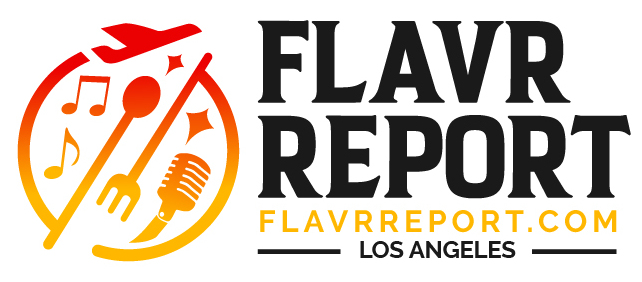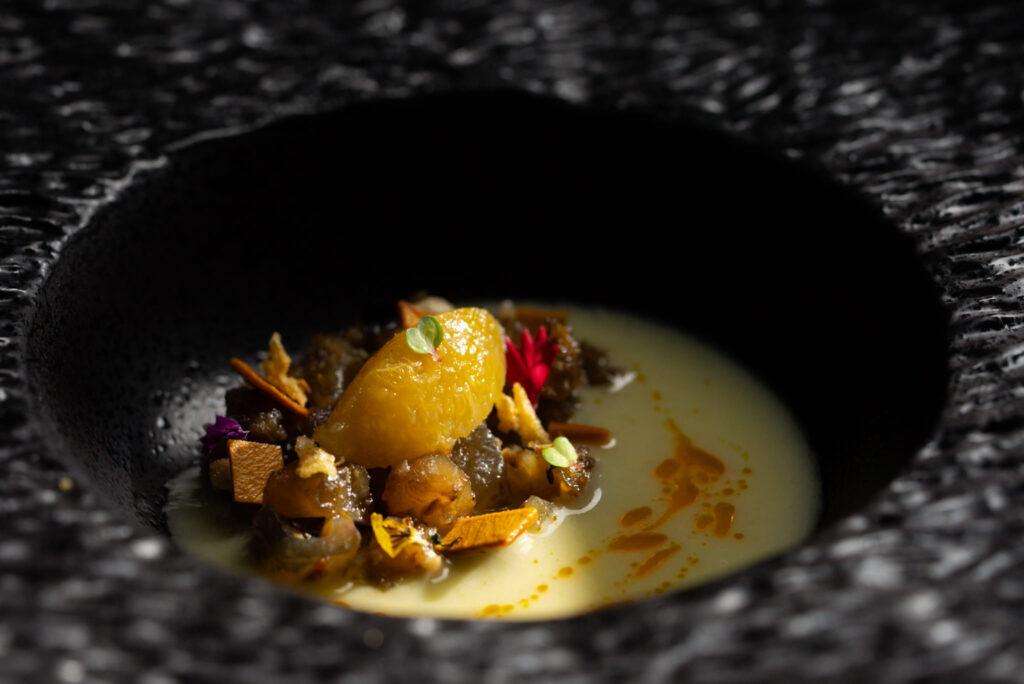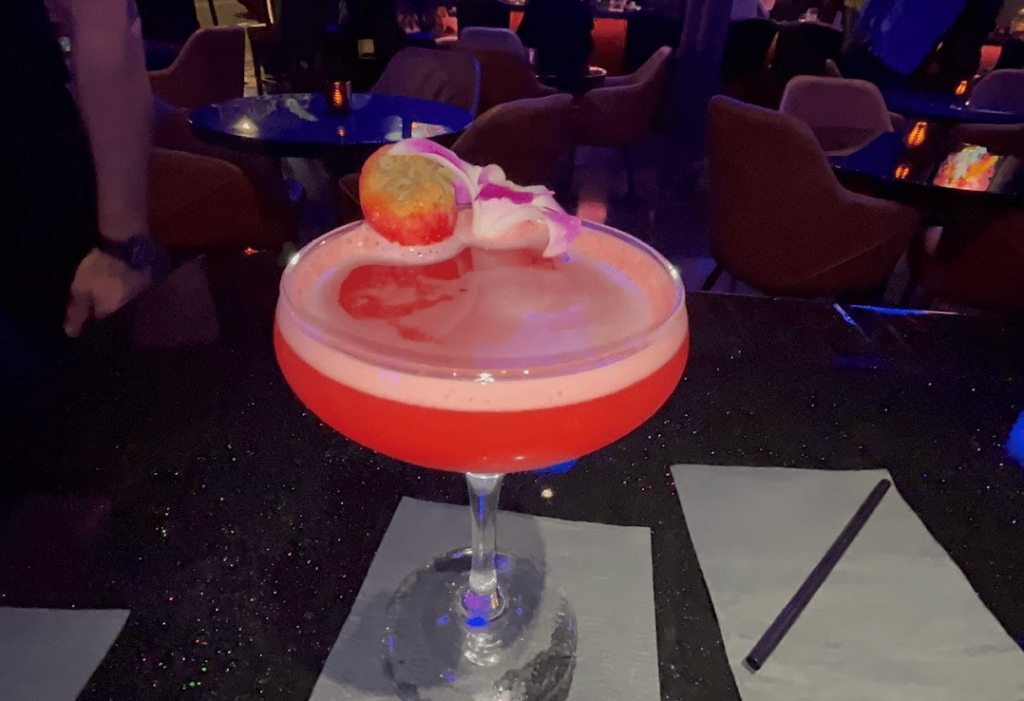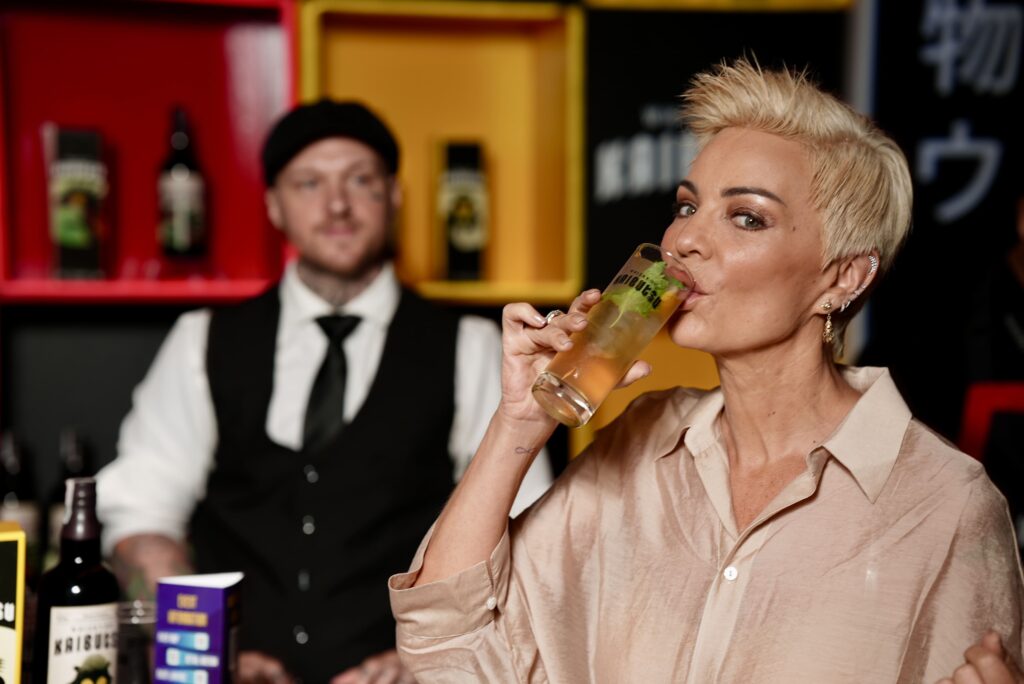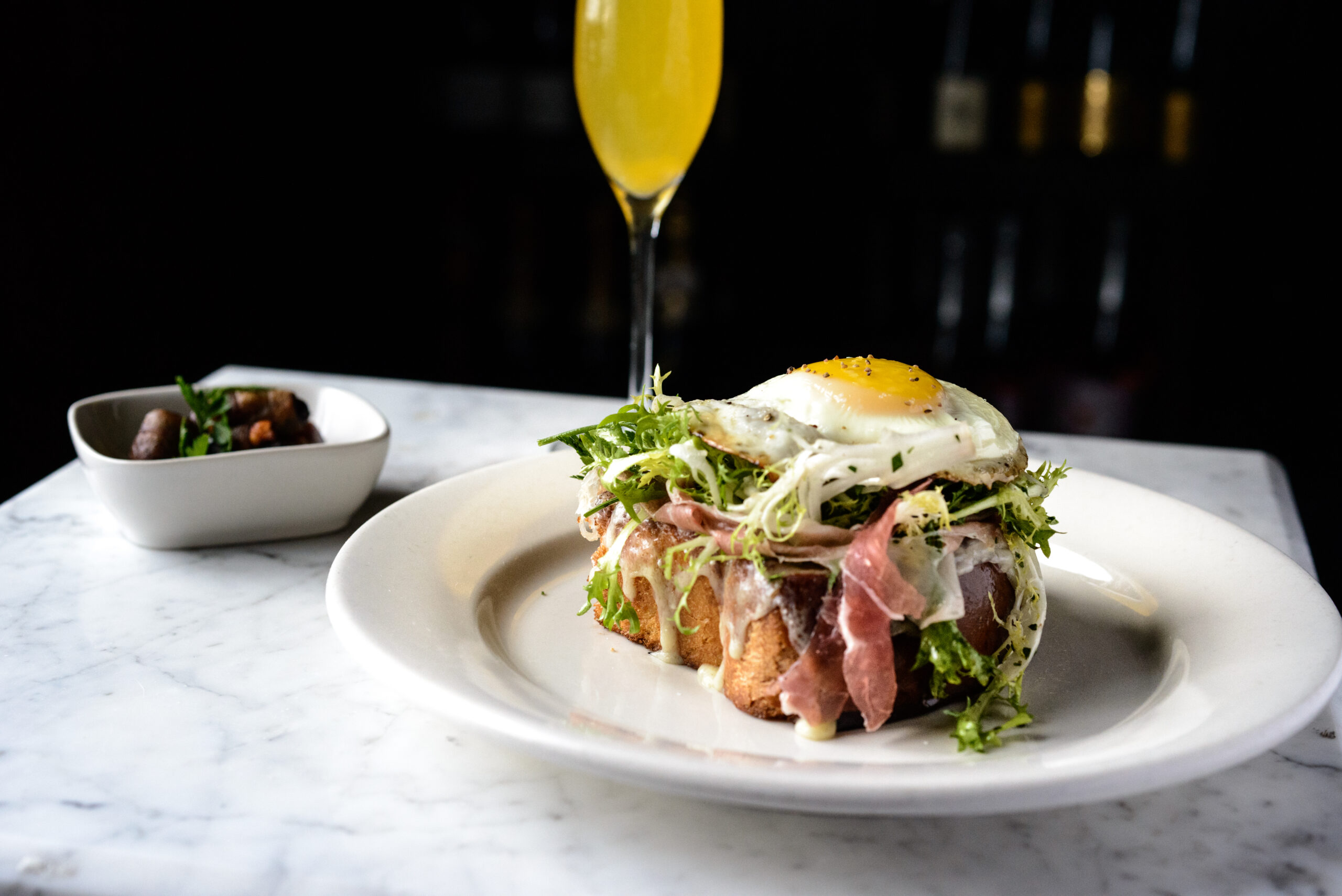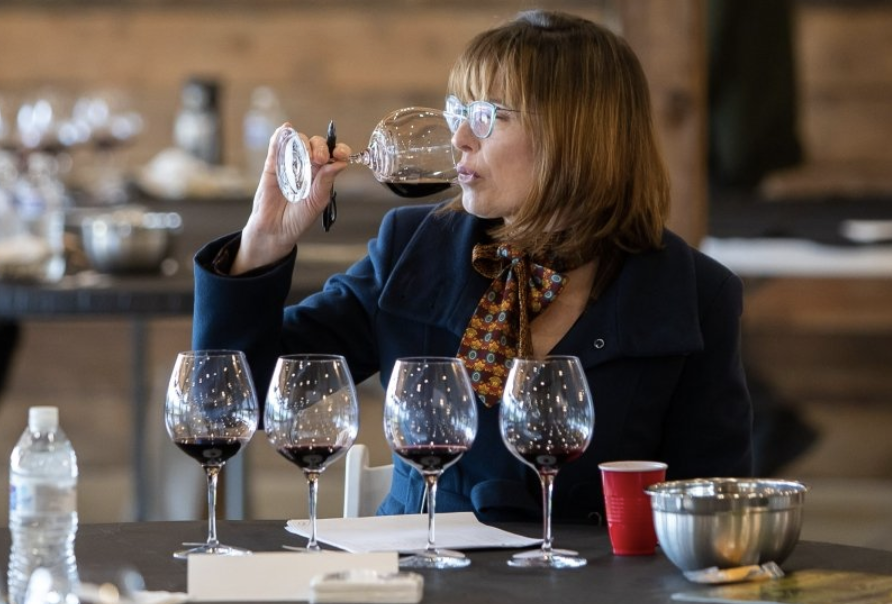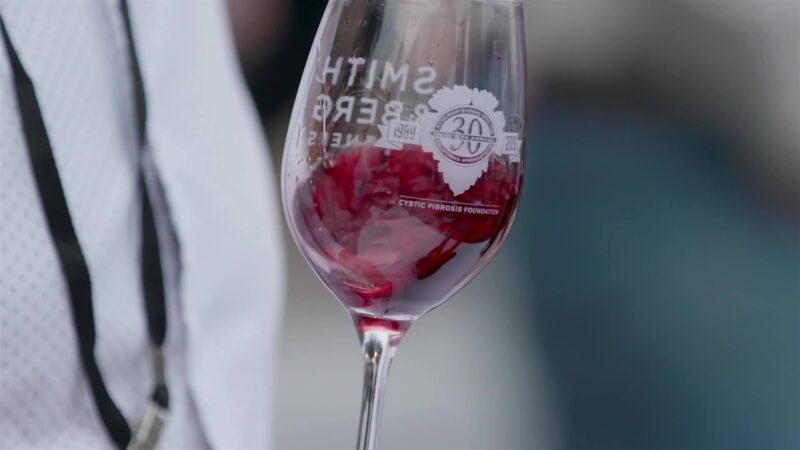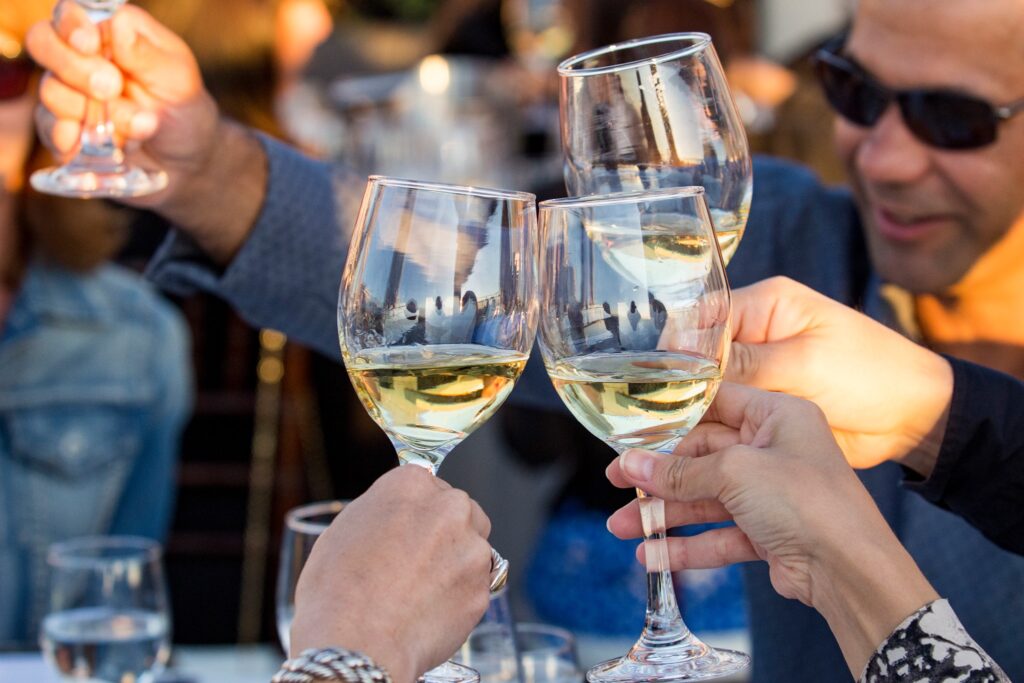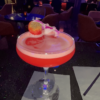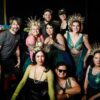Weekend Wine Trip to Colorado: Winemaker Ben Parsons from The Ordinary Fellow reveals wine, food and nature

Ben Parsons, Winemaker and Owner of The Ordinary Fellow in Palisade, Colorado
Today’s conversation has been edited for length and clarity. For the full, un-edited conversation, visit our YouTube channel here.

Joe Winger:
Just to touch on background a little bit, you were the winemaker and founder of a very successful urban winery, the Infinite Monkey Theorem.
Then you chose to move on to where you are now at The Ordinary Fellow.
What was that transition like for you?
Ben Parsons:
The Infinite Monkey Theorem was really about disrupting the wine industry and trying to make wine fun and relevant and accessible.
We were the first ones in the U.S. to put wine in the can. We started kegging in 2008.
It was really about creating these urban winery spaces, just a tap room for a craft brewery in a city where everyone could come down and enjoy.
After 11 years of taking that to a 100,000 case production distributed in 42 states, there was a really good opportunity for me to get back to what I wanted to do, which is being in a vineyard.
Even though that might sound like a cliche, there is something quite romantic about farming and being surrounded by nature and really trying to make the very best wine you can from Colorado fruit that you grow and putting it in a bottle versus buying someone else’s wine and putting it in a can, they’re like two very different things.
I had an opportunity to take over a vineyard in southwest Colorado down in the Four Corners just outside of Cortez, where the Four Corners meet.
It was in disrepair and hadn’t been pruned in four years. So I got back in there and now it’s looking really good.
So that’s taken 4 years. Yeah it’s relatively small. It’s 13 acres of Riesling, Chardonnay, Cabernet Sauvignon.
Sits at 6,000 feet elevation. So very high for a commercial vineyard. And it’s beautiful.
It sits on a national monument called the Yucca House, which is an un-excavated ancestral Pueblan ruin from between the 10th and 12th century.
Starts at Mesa Verde, which most people are familiar with for the ancestral cliff dwellings from the Pueblans down there. It’s just a beautiful location.
Yeah, two very different things, but kind of coming full circle almost as to what I got me into the industry in the beginning, back in the late 90s.
And now back there, but doing it on my own.
Palisade Colorado Winemaker Ben Parsons takes a Vineyard Tour
Joe Winger:
Your famous quote in the wine world: “I miss being in the vineyard”
So for our audience, who’s going to go to wine country this weekend or this summer, when they take a vineyard tour, what should they be looking at?
Ben Parsons:
As to how wine gets from a vineyard and a grape to a bottle. Most people think it just ends up on a grocery store shelf and that is not the case.
It’s really the idea that you could grow something from rootstock, farm it, suffer the vagaries of agricultural production, deal with all of those challenges, do it in a sustainable way.

Ben Parsons, Winemaker and Owner of The Ordinary Fellow in Palisade, Colorado
Determine when you’re going to pick that fruit. Take it into the winery. Ferment it. Turn it into wine. Age it in a barrel. Bottle it. Decide on the branding. Decide on the naming. Come up with a label design.
Take it to all of those small awesome restaurants that everyone wants to hang out at because they’re making great food and getting good press.
You see my wine or I see my wine on someone else’s table, drinking it and to think where that came from.

And how many times those grapes got moved from a to b and then back, from b to c and then c to d whether it be like shoveling grapes with a pitchfork for a destemmer.
Or shoveling fermented grapes into a press with a Home Depot bucket.
Or picking that case up and taking it from here to here, that got handled so many times, so much went into that, that I think there’s a huge disconnect amongst most consumers.
Palisade Colorado Winemaker Ben Parsons on the Area’s Natural Beauty
Joe Winger:
You chose to be in Palisade, Colorado making your wine.
Tell us a little bit about the region and why someone should come visit you in Colorado?
Ben Parsons:
Palisade is beautiful. It’s on the Western slope of Colorado. It’s about a 4 hour drive West of Denver over the mountains.
About 4 1/2 hours East of Salt Lake City.
It’s an American Viticultural Area designate called the Grand Valley and it’s pretty stunning.
You come through this Canyon called the Back Canyon on the North side, you have these book cliff mountains that rise above you on the South side, you have the Colorado River, and it’s a very niche microclimate. It’s definitely an agricultural community.
What a lot of people don’t realize, because they just drive straight past on I-70 is it’s proximity to all things good, outdoorsy.
Within 28 minutes I could be at a local ski resort called Powderhorn. It got 32 feet of snow last year
I’m an hour and a half from Aspen.
I’m an hour and 20 minutes from Moab.
I’m a 10 minute drive from Fruita, which has the best mountain biking in the world.
It’s all old Indian territory. There’s wild mustangs up on the book cliffs.
It’s known for its fruit. It’s actually known for its peaches, believe it or not. Some of the best peaches grown anywhere in the United States. Arguably the best.
But it’s a very small microclimate.
Palisade is around 4,500 feet elevation. There’s about 26 wineries you can tour and visit. Take a few days, spend a weekend.
There’s some good local restaurants, growing their own produce and making real good farm to table food.
Grand Junction is a city that in the last 5 years has really exploded.
And Grand Junction is 10 minutes from Palisade. It went through a series of boom and busts during the oil shale boom business back in the day, but now it’s strongly focused on tourism.
Lots of people are leaving the front range of Denver, Colorado Springs and moving to the Western slope for a kind of quality of life.
Also we have a lot of California transplants because it is cheaper to live. You are outdoors all the time. You can travel long distances very quickly. I put 42,000 miles on my car this year delivering wine all over the state of Colorado.
I feel like the state and this particular area has a lot going for it. Definitely more than enough to fill a long weekend or a week’s trip.
Exploring vineyards, food, farms, outdoor opportunities.
Taking a trip to Moab, it’s really pretty. It’s one of the reasons I moved here.
I’d been in the city for a long time. I grew up just South of London in England, but I lived in London for some time and I loved it when I was young. I love Denver as well.
When I started the Infinite Monkey Theorem, that was really when a lot of people were moving to Denver and it was becoming something substantial.
It was one of the fastest growing cities in the country at that time.
I feel like we were a big part of pushing that growth and in tandem with the other food and beverage scene, like craft breweries and good restaurants.
Joe Winger:
You’ve mentioned different restaurants and food and dinner. Our audience primarily are foodies. We’re in Colorado for a wine weekend, we come to the Ordinary Fellow for a wine tasting.
Can you suggest a few places and different cuisines that are a must visit within 20-30 minutes of you?
Ben Parsons:
In Palisade there’s a good restaurant called Pesh. One of the former line cooks at a linear in Chicago started it with his wife, maybe 5-6 years ago. It’s excellent.
In Grand Junction, where most people stay there’s a few good restaurants started by this guy, Josh Nirenberg, who has been nominated for James Beard award several times for best chef and has one called Bin 707, Then he just opened a third called Jojo’s. He also has a kind of trendy taco spot called Taco Party, which is a fun name.
If you like craft cocktails, there’s a new place that opened called Melrose Spirit Company. Guy opened it in a hotel that was recently renovated. Really cute, really excellent cocktails.
Joe Winger:
Let’s get into the wine geek stuff now and talk about your vineyards. You have Colorado Box Bar, Hawks Nest.
So let’s talk through terroir, soil type, elevation.
Ben Parsons:
So Box Bar, It’s in Cortez, sits around between 6,000 feet elevation.
It’s on this weatheral loam that has some clay in it, which has these water retention properties. It is essentially a desert. So you do have to drip irrigate, there’s less than 7 inches of precipitation a year.

So very little rainfall which is good in some ways in that there is very little disease pressure.
You’re not having to spray. There’s no necessity to spray for powdery mildew or anything down at our vineyards.
It’s essentially farmed very minimalistically.
Lagging very sustainably, which I know people appreciate.
Riesling, Cabernet Sauvignon, Chardonnay. We’re just planting some Chenin Blanc and some Charbonneau, which is an italian red varietal as well.
Hawk’s Nest is not my own property, but I work with a grower called Guy Drew who planted four different kinds of Pinot Noir and two different kinds of Chardonnay there.
That vineyard is at 6, 800 feet and that is the highest commercial vineyard in North America.
Similar soil properties as the Box Bar. Making some really good Pinot Noir.
I think what’s interesting about Colorado is we have a very short growing season, 155 – 165 days. Napa has 240 days. That’s frost free days.
So the thing is that we have such high sunlight exposure because of the elevation and the ultraviolet light that we have the same number of degree days as Napa Valley. So we can ripen like Cabernet Sauvignon, but we’re ripening it in a shorter period of time. That’s fairly unique.
The Ordinary Fellow is really focusing on traditional French varietals from Chenin Blanc Chardonnay, Cabernet Sauvignon, Syrah.
Most recently we took over a vineyard in Utah so I’m actually farming a vineyard about 1 ½ hour drive from Moab called Montezuma Canyon Ranch.
That’s this ancient sandstone with a little bit of clay in there that was planted in 2007. 12 acres of Chenin Blanc, Merlot, Riesling Chardonnay. We made an awesome Utah Rosé vineyard last harvest 2023, which we just released.
You don’t see that many wines from Utah so that’s why I’m excited about it.
I think there’s only 6 wineries in Utah and I’m not sure that many of them get their fruit from Utah.
Joe Winger:
You mentioned that you have one of the highest peak elevation commercial vineyards in North America.
What are the benefits and the disadvantages to such a high elevation?
Ben Parsons:
If you think about spending any time on a mountain, it can be really warm, but as soon as the sun goes down, it gets very cold.
So having high elevation vineyards, even though you might be in a quite a hot growing region as soon as the sun goes down, the temperature does drop.
You have a large diurnal temperature shift.
So in Cortez, in the growth, during the growing season or during ripening, say late September, mid September, late September. We could be 85 to 90 in the day, but 45 to 50 at night, which is a really big temperature swing.
It basically means that the vine has a kind of chance to just shut down and rest.
From an enology perspective, you can retain more natural acidity in the fruit because it’s not being metabolized by having a lot of sunlight constantly and higher temperature. So we don’t have to make any artificial acid additions or anything like that you may have to do in more established wine regions in the United States.
Our wines all have really great balance to them and really good acidity. None of them are overdone. They’re not big, jammy, overly alcoholic.
They’re all well balanced between acids, tannin, alcohol, sugar, but they’re all bone dry.
There is no fermentable sugar in any of them, which leads to palate weight and mouthfeel, but but they’re not sweet per se.
Even my Riesling is bone dry.
Joe Winger:
During the Infinite Monkey Theorem days you led the canned wines movement.
How does it feel seeing it become so incredibly popular and any big lessons you learned from that experience?
Ben Parsons:
I genuinely believe that [we led with canned wines]. In 2009 we entered into a R and D project with Ball Corporation, the largest supply of aluminum cans in the world.
To figure out how to can wine and everyone thought it was stupid and everyone just turned their noses up at it and thought that RTD wine and RTD drinks were stupid.
It’s a tough question because I think that canned wine is good because of its use application, primarily. Where you can take it and where you can drink it.
Now, very rarely do I see people putting the best wine they’ve ever made in a can. So I think it’s all about where you want to drink it, who you want to drink it with. There’s definitely this kind of utility aspect to it.
Also price point wise, you don’t see that many canned wine, four packs above $16,
I would say so. Yeah, price wise, it’s fairly economical from a sustainability perspective. It makes a lot of sense.
But from an absolute quality perspective, you’re probably still going to be buying bottled wine over canned wine.
It’s all about where you’re going to consume it.
Sometimes when I see it I think about when you start any category, there’s always those people that are out there doing it way before anyone else is doing it. It’s those people that usually don’t reap the benefits of it because they put all of the effort into it.
I look at LinkedIn occasionally and I’m just baffled by people that think that it’s a new thing. It just blows my mind.

Joe Winger:
You have an excellent sparkling wine and you’ve mentioned England’s excitement about the sparkling.
Why is England falling in love with sparkling wine? And why should all of us be falling in love with sparkling wine?
Ben Parsons:
Historically, England has consumed a lot of sparkling wine.
But in terms of actually growing grapes and making their own sparkling wine, that’s happened in the last 20 years.
That’s one of those unfortunate advantages of global warming in a kind of isolated geographical area that previously, you wouldn’t have been able to ripen Chardonnay, Pinot Noir, Pinot Meunier.
It would have been a challenge making really good sparkling wine in Kent and Sussex and Southeast England where a lot of it is made.
But with a few degrees temperature rise, that’s now possible. And it’s the same chalk escarpment as champagne. They’re very close to each other.
They’re just separated by 24 miles of the English Channel, right?
So they’re actually geographically very close to each other a little further than 24 miles, but climatically very similar.
So actually, a lot of French champagne houses have bought up land in Kent and Sussex over the last 20 years and have been planting that, and now some of the bubbles are coming out.
Joe Winger:
When I have an opportunity to speak with an Oregon winemaker, we often talk about the challenges based on their region. Do you feel like you are also in a region [Colorado] that’s more problematic?
Can you share a lesson you’ve learned from solving some of those problems?
Ben Parsons:
The whole industry because of the shortness of the growing season, it’s always on a knife edge because you can have late spring frosts that can come through a bud break and just wipe you out.
But you can also have these freak-like early winter freezes in October where there’s there’s still fruit hanging or maybe it’s just come off and it goes from 70 degrees in the day to 8 degrees suddenly, and the sap still flowing in the vines and then all of the vines, the trunks split, the cordon split.
That’s what happened in Palisade maybe 3 or 4 years ago now.
Then in Cortez where Box Bar is, last year we had a hailstorm come through just after the bud break. So our Chardonnay was out and got wiped out. Then the secondary buds pushed and we went from a crop of 36 tons to 10 tons overnight.
That’s just agriculture anywhere. Unfortunately that’s just one of the risks.
Joe Winger:
Let’s talk about wine. Their flavor profiles. The different bottles you offer.
When we come visit your tasting room in Palisade, Colorado any hints about what they should be excited to taste?
Ben Parsons:
Blanc de Noir
Yeah the sparkling wine, that’s Blanc de Noir, so that’s 100% Pinot Noir. That’s about as geeky as it gets, because that’s single vineyard, single grower, single clone of Pinot Noir. only 8 months in barrel. The base wine was barrel aged for about 6 months, and then it was entourage, lying on its utilise in a bottle for six months.
Then it’s put on a riddling rack and hand riddled one bottle at a time. Then disgorged by hand, just take the top off, put your thumb over the top of it so nothing comes out and then no dosage.
So again, just super geeky, like really bone dry, like really crisp, great acid. So that is that wine is super hands on.
It’s delicious. It still gets those more developed, brioche-y notes. Texturally it’s very pleasing on the palate. I think we make really good method champignons, bottle fermented sparkling wine.
Chardonnay
A lot of people these days think it’s trendy to not like chardonnay, because they heard somewhere about that, but there are actually some really good Chardonnays out there, which aren’t all aged in new French oak and haven’t all gone through like a creamy buttery secondary fermentation. And I think mine is one of them. It was aged in 8 year old barrels. So there’s really no influence on it at all.

It’s all hand harvested or whole cluster pressed. I think that wine has a really pretty texture, like this palette coating texture but it has really good acidity and it smells like a ripe peach or a dried apricot. It’s really pretty.
Pinot Noir
Our red pinot noir. Again that spent just 9 months in neutral barrels so I think there was a trend like 20 years ago to put everything in a brand new barrel and every winemakers thought it was cool, but you know in the last 5 – 6 years, I think that has changed
Winemakers are really trying to let the soil and let their vineyards speak for themselves.
Minimal kind of intervention to a certain extent. It is the trend.
Our Pinot Noir has done really well. It’s on the much lighter side. I would say it’s more like a German style Pinot Noir, like lighter with really good acidity, firm tannin. Beautiful aroma.
I think all of our wines are just very well balanced. Very food friendly, very clean. They’re not funky. I’m very proud of that.
Joe Winger:
I’m assuming balance and the clean is a style choice by you?
Ben Parsons:
Balance is easy because it’s done in the vineyard because of the elevation and the retention of acidity. It’s just about when you pick it. So you’re tasting [the grapes] for flavor and like phenolic ripeness and the seeds being brown, et cetera, but you’re also testing a few for your pH, your titratable acidity and your sugar levels. Then you make an informed decision as to when you’re picking it.
The cleanliness part of it really just comes down to the fact that I feel like winemakers, even though this doesn’t sound very romantic, you’re almost just like an insurance manager in that you don’t want to mess it up.
So you make informed decisions, preemptively. You top your barrels, like every 2-3 weeks, you do things to make sure the wine, does not end up flawed through a secondary characteristic developing.
Sometimes that’s a flavor enhancer and sometimes that’s good, but when it’s overdone… I believe there are a lot of wines that they get away with it these days. To me it’s just bad winemaking.
I’m definitely kind of a minimal interventionist
Joe Winger:
I always feel like white wine doesn’t get enough love and respect. People love talking about the complexities of reds. You make a phenomenal Riesling.
Ben Parsons:

Interestingly I really don’t drink red wine anymore. Occasionally I’ll drink some Pinot Noir, but I much prefer drinking white wines. I think a lot of people in the industry crave acidity, and yeah, my reasoning is a good example.
The general consumer in the U. S. still thinks that all raisins are sweet. I think that’s just a common misconception, that’s purely a stylistic choice from the winemaker, and my choice is to allow the yeast to ferment all of the sugar until there is no residual sugar.
To have a wine with high natural acidity that pairs well with food. That’s my choice as a winemaker. Those are the wines that I enjoy most that kind of just leave your palate just like this rasping acidity. Take the enamel off your teeth, and but have beautiful aroma.
Our Riesling is starting to show some characteristics from being in the bottle for 18 months. Where it gets those kind of, it’s tough to say about making it sound bad, but those more kerosene-y , kind of petroleum, kind of eraser like notes, which are very typical of Riesling, intertwined with really nice citrus and green apple.
Yeah, and like really just good structure. That benefits from growing at elevation here for sure.
Joe Winger:
Petit Verdot is probably lesser known, less popular, but it deserves all the love anyway.
Ben Parsons:
Petit Verdot, interesting, like one of the six red Bordeaux grape varieties. Bordeaux is maritime climate. It’s much cooler than Colorado.

It doesn’t really get the chance to ripen as well as it does here. So when it can ripen, it doesn’t just need to get blended into Cabernet Sauvignon or something to just give it more tannin and more structure.
Here it can stand alone as a single varietal.
The greenness is gone. The tannin is not like just rip your face off tannin. It’s well developed. Like silky, velvety, firm, but not like really dry and like Petit Verdot can be. Aromatics are very lifted on it, and it’s not a massive red wine by any means.
That’s grown at a vineyard about half an hour from Box Bar called Canyon of the Ancients and that vineyard was planted in 2006.
Unfortunately we only made about 99 cases of that wine. It’s fun to introduce people to wines that they probably haven’t heard of, but wines that that can stand up to any good red wines that you may have heard of.
Palisade Colorado Winemaker Ben Parsons reveals his Favorite Food
Joe Winger:
Do you identify yourself as a foodie? Can you pick 1-2 of your bottles and your favorite dish for dinner tonight?
Ben Parsons:
Yeah I would definitely pair my Riesling with a Thai curry or even a panang curry. I think it does really well with oriental food that has some level of heat to it. But also I think it does really well with a charcuterie plate, some almonds and some cheese. I think you can’t go wrong with that.
Then my Petit Verdot, for example I think there is more tannin in there. For those of us that like the light grilling you couldn’t go wrong with serving that with a ribeye. It’s delicious. Or if you’re cooking a little heartier food in the winter, maybe a lasagna. Something that can really work with that tannin.
I think my wines do well with a lot of different food just because of the balance that they have, they’re not going to overpower the food and vice versa, which is what it’s all about.
But I also enjoy them, just having a glass on its own, to be honest. When I get home from work, sometimes I love that.
Joe Winger:
I’m watching your Instagram videos quite a bit, and it seems like you’re having a lot of fun sharing knowledge, showing your vineyard, showing what it’s like day to day.
Ben Parsons:
The one time that I do enjoy social media is when you’re in the vineyard or you’re doing something that seems that other people might never have seen before.
I’m in awe of where I am because I feel like it comes across in those videos. It’s pretty down here today, and those are beautiful vineyard sites.
Or if you’re filtering a wine or racking a wine or, trying or shoveling grapes.
Just the imagery comes across and really shows how much work is involved in it. I always struggle when it’s like go take a photo of a bottle of wine in front of a restaurant. I don’t know how you make that look cool.
Find more about Ben Parson’s The Ordinary Fellow website, instagram
More about Palisade, CO
